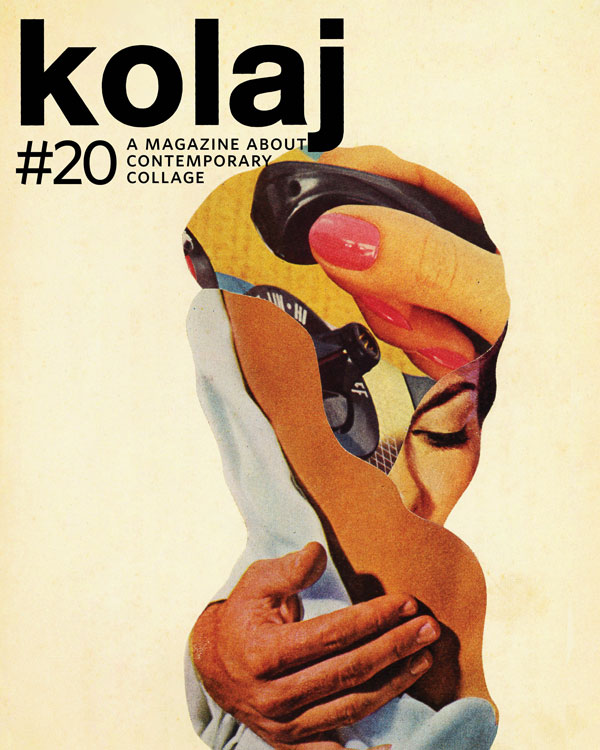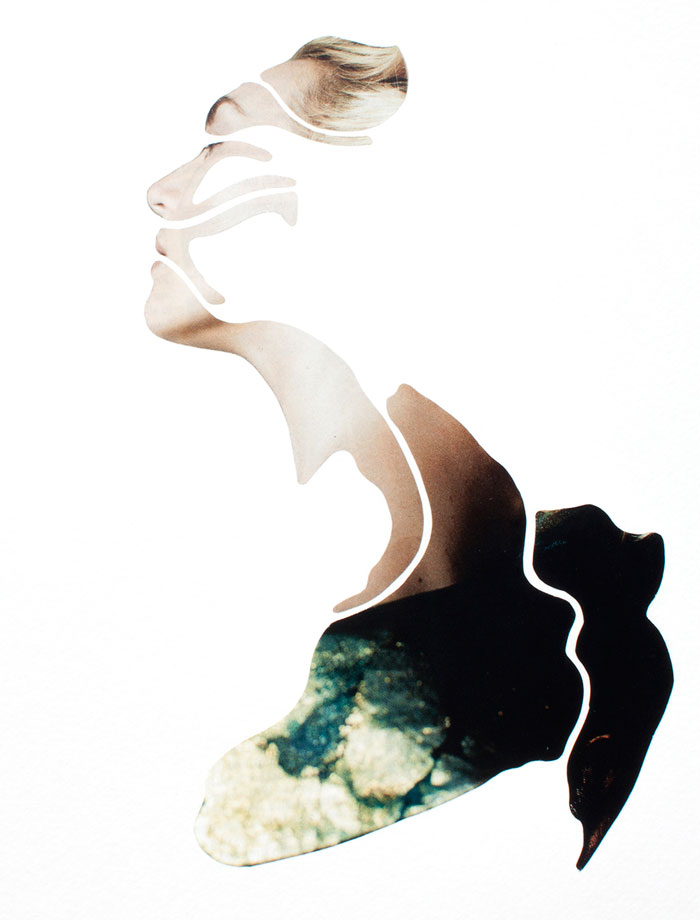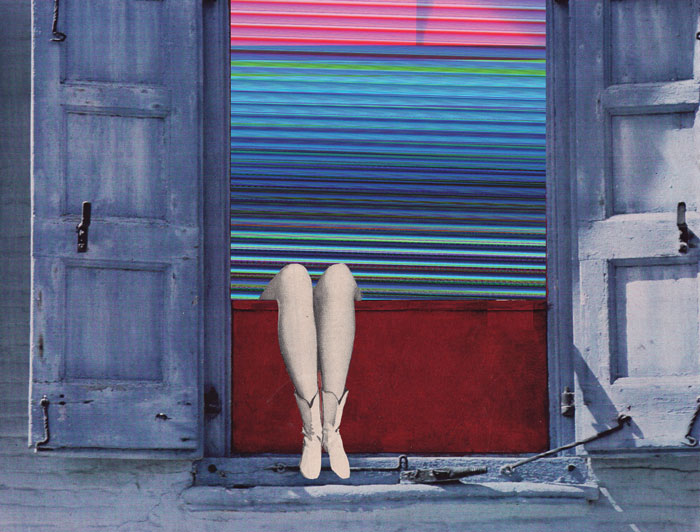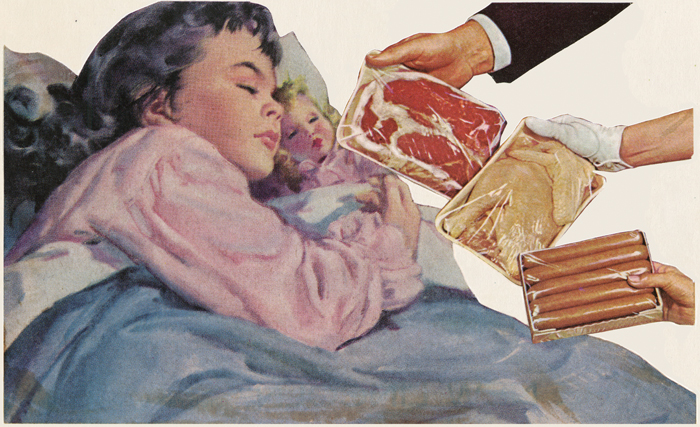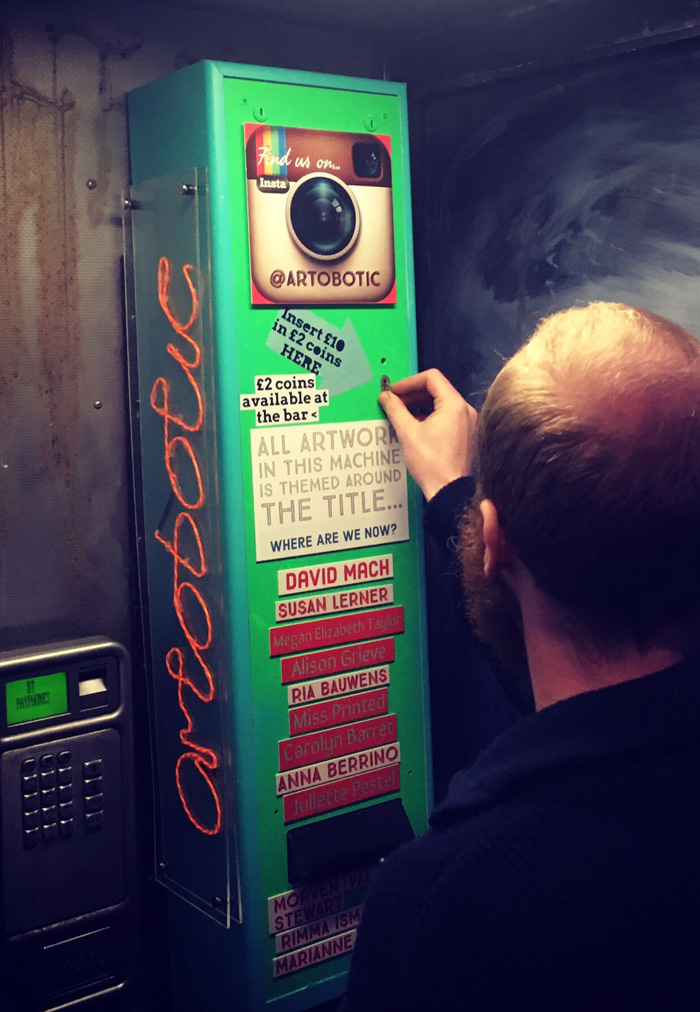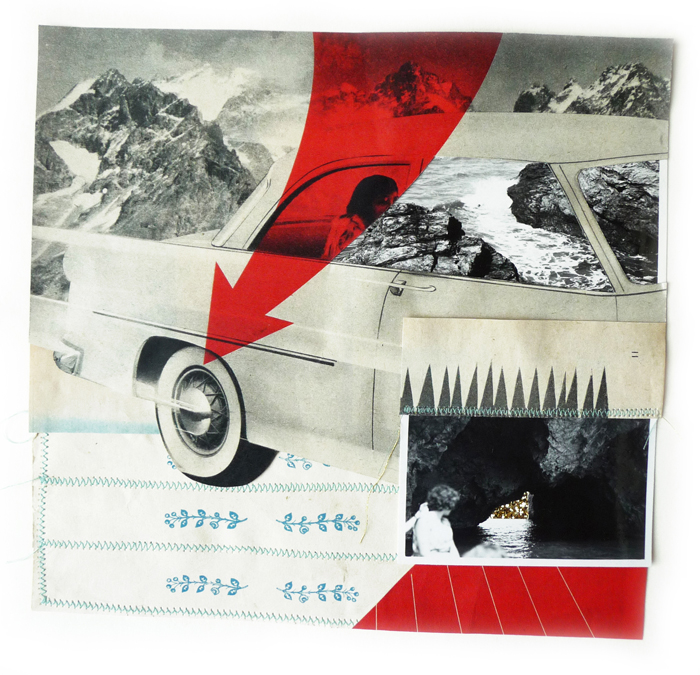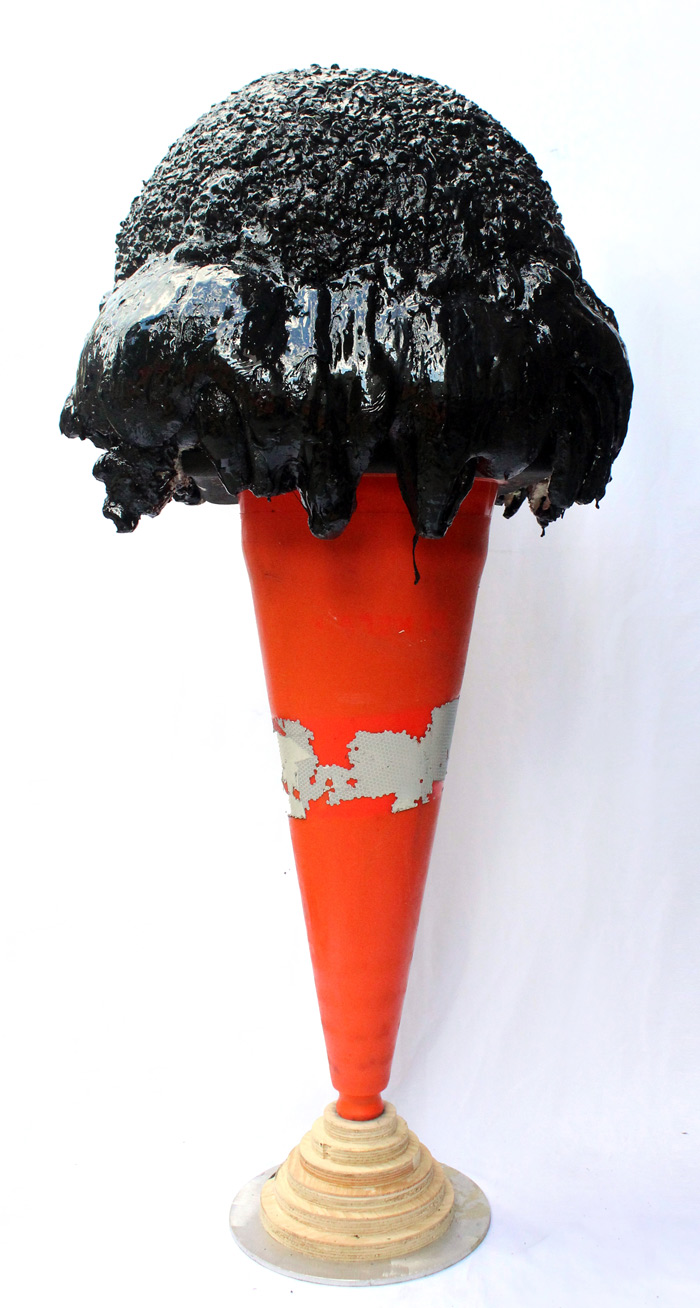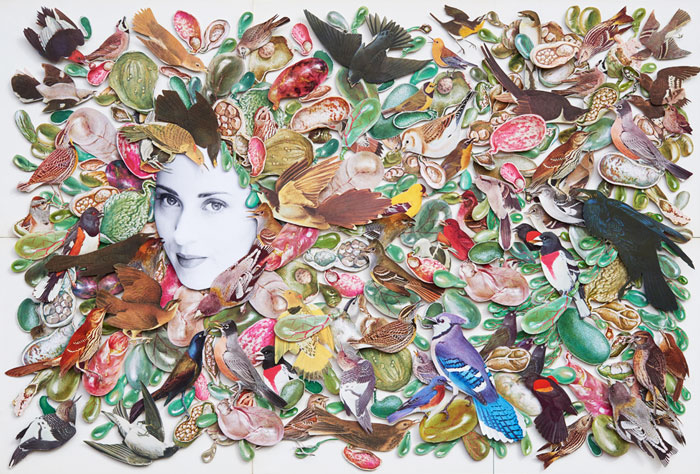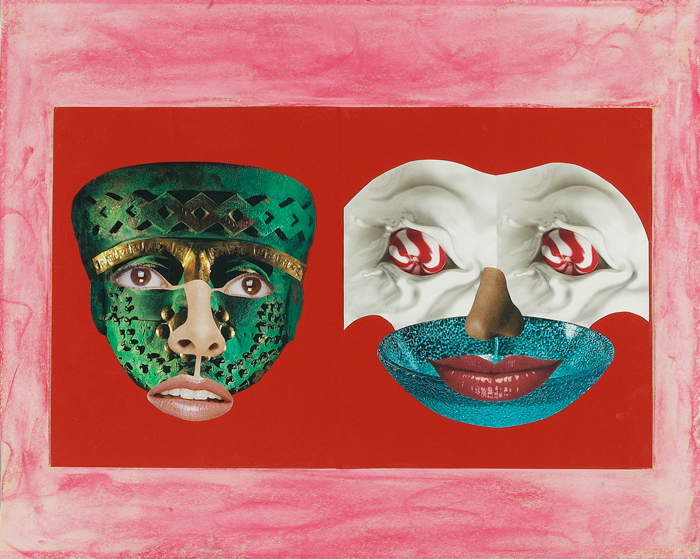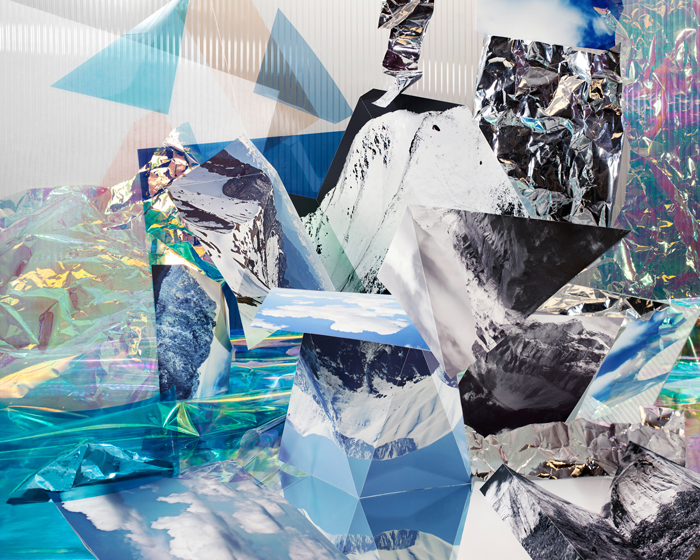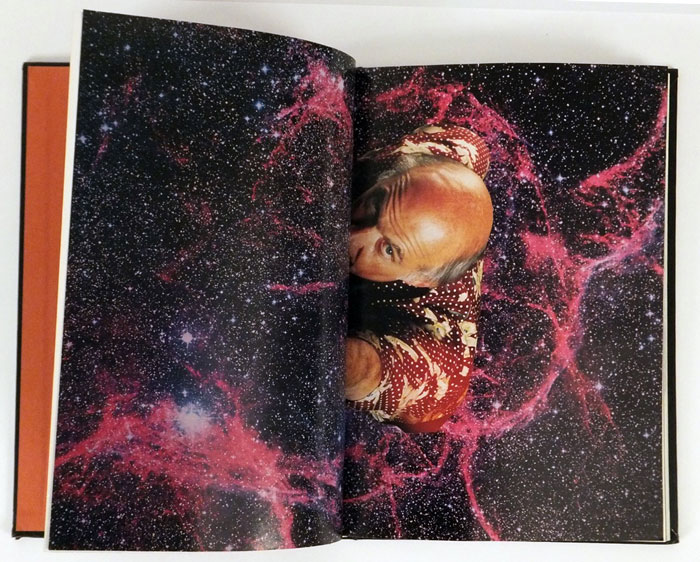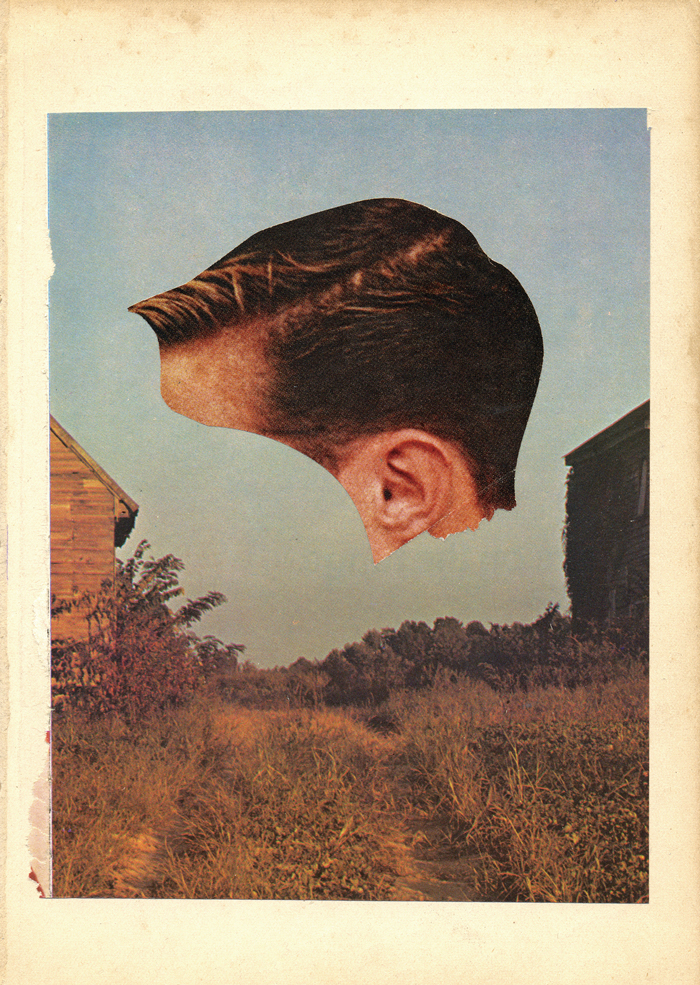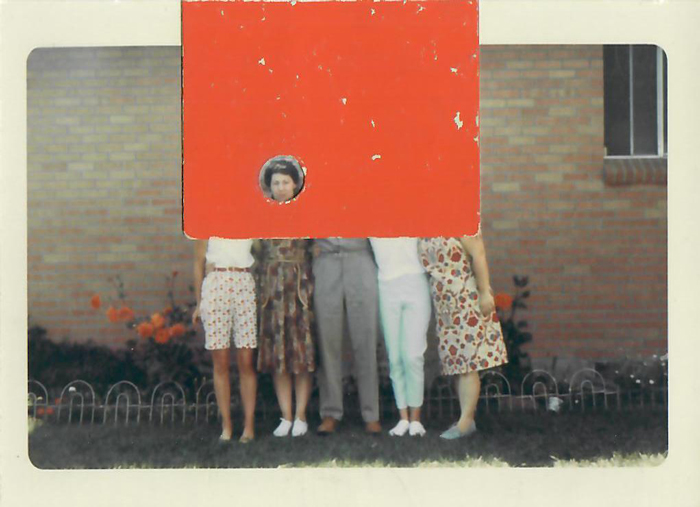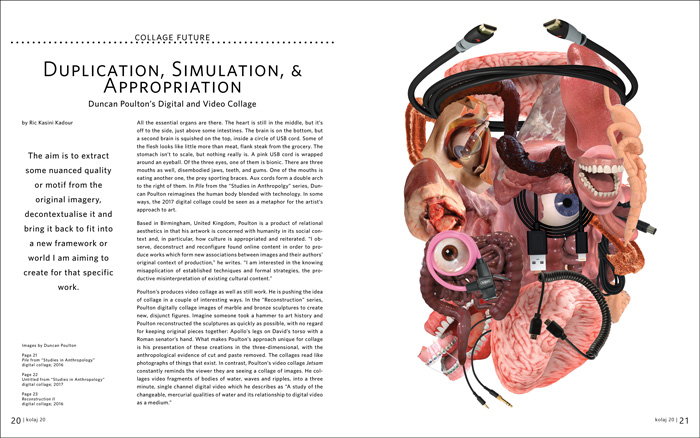![]()
HOME | ABOUT | SUBSCRIBE | CURRENT ISSUE | ARTIST DIRECTORY | SHOP
Your last chance to start your subscription with Kolaj #20 is November 6th. Order your copy today!
Subscribe | Purchase a copy | Renew your subscription
Kolaj Magazine is a quarterly, printed magazine about contemporary collage.
CURRENT ISSUE
KOLAJ #20
Kolaj #20 bookends the magazine’s fifth year of publishing. In his editorial, Ric Kasini Kadour writes, “We have endeavoured to be open to collage in all its forms–analogue and digital, assemblage and photomontage, painting and video, and so on. In the five years we have published the magazine, we learned a great deal. If I were asked to summarize, I would say this: We have much more to learn.”
Kolaj is a full colour, internationally-oriented art magazine. Get your copy today!
COLLAGE TAXONOMY
Subtractive Collage
Collage artist Lee Honey suggested “Subtractive Collage” to the Taxonomy project. “You open the possibility of new meanings by removing part of an image and leaving it blank,” writes Honey. “This concept is closely connected to the category of minimalist collage.” Honey’s suggestion raises all sorts of interesting questions about collage, minimalism, and the role and nature of fragments. Check out the next installment of our ongoing exploration of collage concepts and words. MORE
FROM KOLAJ #20
Girlplague, Interrupting
Montreal-based artist girlplague focuses heavily on collage, found materials/objects, and design. Her glitch collage evokes loneliness, heartbreak, rejection, and anxiety. For those fortunate enough to discover a girlplague original, one of her ephemeral collages scattered across Montreal, that brief interruption may leave a lasting impression. In Kolaj #20, Sofia Misenheimer profiles this intrepid artist. MORE
FROM KOLAJ #20
Afraid of Modern Living
World Imitation Productions emerged as creators of collaged and photocopied mail art and publications in the late 1970s. Going on to curate pioneering exhibitions of found paintings culled from thrift stores, lost pet flyers, and other abject visual artwork, they are best known in their musical incarnation, the band Monitor, active between 1977 and 1982. In Kolaj #20, Antonio Beecroft & Michael Uhlenkott recall the history of the group and how they used collage to visualize the early California Punk scene. MORE
FROM KOLAJ #20
Artobotic
At this year’s Edinburgh International Festival, collagist Denny Hunter installed five Artobotic machines at secret venues all over town and loaded them with artwork by emerging talent from across the United Kingdom and beyond. The project is ongoing and he is looking for artists. MORE
FROM KOLAJ #20
The People That Make This Magazine a Joy to Publish
In the Kolaj #20 editorial, Ric Kasini Kadour reflects on five years of publishing the magazine. "From organizing exhibitions and collaborations to simply continuing to make incredible art that I am proud to include in the magazine, it is these talented and dedicated people that make this magazine a joy to publish and make me personally want to do better....As we move forward publishing Kolaj Magazine, my hope for the magazine is that it goes deeper into the medium than we have in the past." MORE
FROM KOLAJ #20
A Giant, God-like Hand
Pauline Tonglet excels at dynamic compositions and narratives. Densely packed, her collage affords the viewer a rich tableau to explore. She says of fragments, “Their proximity and new neighbourhoods generate a different message, another truth.” She is successful because she understands this fundamental tenet of collage and employs it masterfully. A portfolio of her collage appears in Kolaj #20 and her collage, Vista, appears on the back cover. MORE
FROM KOLAJ #20
Bonne Fête Montréal!
Montreal artist Nicolas Nabonne was the winner of the Grand Prix at the 18th Festival International Mtl en Arts in Montreal’s Gay Village. His winning assemblage work is an ironic take on Montreal’s 375th anniversary–an ice cream cone made out of asphalt and an inverted orange cone. MORE
FROM KOLAJ #20
Breath Between the Cuts
Artist Hope Kroll is known for her collages that feature repeating fragments in dramatic three-dimensional composition, but she wasn't always a collage artist. In Kolaj #20, she tells the story of how she got started with collage. MORE
FROM KOLAJ #20
Tackle Complex Human Experiences
Ken Ralidis is a poet who makes art that “tries to mimic or capture his poetic musings.” He uses pastel and paint in his pop-influenced collages to blend abstraction and representation. Often, his collages recreate faces and figures. His openness to tackle complex human experiences with collage makes his work worthy of attention. A portfolio of his collage appears in Kolaj #20. MORE
FROM KOLAJ #20
Reflects Back Our Broken Understanding
Anastasia Samoylova is a landscape photographer with a unique practice that uses collage in its process. She is interested in environmentalism, consumerism and the picturesque, and in particular, how the portrayal of idyllic landscapes and an aestheticized environment contributes to our thinking about the natural world. A portfolio of her collage appears in Kolaj #20. MORE
FROM KOLAJ #20
The Silly Side of Science
Willis Guthrie's single silhouetted image additions added surprise and whimsy to hardbound books of coloured photographic imagery. When those books were about science or nature, the collage elements served to upend reader’s expectations as to what represented reality and veracity. In Kolaj #20, Steven McCarthy remembers the collage artist who died in 2016. MORE
FROM KOLAJ #20
Distortion, Glitch, & Melding
Kolaj #20 cover artist ChangGang Lee employs distortion, glitch, and melding to make analogue collage that uses vintage media to tell timeless stories in a contemporary manner. Lee’s obfuscation of faces and bodies opens scenes to interpretation and allows the viewer to complete the narrative. A portfolio of his collage appears in Kolaj #20. MORE
FROM KOLAJ #20
Affinity for the Infinity
Since human beings first gazed upward to the night sky, the heavens have captivated our collective attention. Our ancient ancestors named constellations of stars, and followed the paths of planets, which they named after mythological gods. In Kolaj #20, Steven M. Specht, Ph.D. investigates why collagists use space imagery in their work and offers some interesting insight into the psychology behind the imagery. MORE
FROM KOLAJ #20
Rescued Images
Felicia Dadak speaks about the fragments she uses in her collages as rescued images. As a child, she would watch her mother paint and save her drawings in a drawer. The stories she tells taps themes of love and loss, memory and nostalgia. This sentimental romantic heroism is tempered with an astute sense of composition and the ability to build series of work that interrogate an idea with visual and conceptual rigor. A portfolio of her collage appears in Kolaj #20. MORE
FROM KOLAJ #20
Duplication, Simulation, & Appropriation
Based in Birmingham, United Kingdom, Duncan Poulton's collage is concerned with humanity in its social context and, in particular, how culture is appropriated and reiterated. “I am interested in the knowing misapplication of established techniques and formal strategies, the productive misinterpretation of existing cultural content,” he said. In Kolaj #20, Ric Kasini Kadour profiles and interviews the artist. MORE
READ MORE | SUBSCRIBE TODAY!
Kolaj Magazine offers two options for online shopping.
Kasini House ARTSHOP sells small artist products. This includes books, folios, catalogues, monographs, chapbooks, ‘zines, small one-of-a-kind works, multiples, and other creative endeavours by contemporary working artists. Prices are in US Dollars.
Kolaj Magazine's Online Shop sells subscriptions, current and back issues, and collage artist trading cards in glorious Canadian Dollars.
About Kolaj Magazine
Kolaj Magazine is a quarterly, printed magazine about contemporary collage. We are interested in how collage is made, how collage is exhibited, and how collage is collected. We are interested in the role collage plays in contemporary visual culture. Kolaj is a full colour, internationally-oriented art magazine. Kolaj is published in Montreal, Quebec by Maison Kasini. Visit Kolaj Magazine online.
WEBSITE | SUBSCRIBE| CURRENT ISSUE | ARTIST DIRECTORY | SHOP
Published by Maison Kasini. Copyright © 2017. All Rights Reserved.
